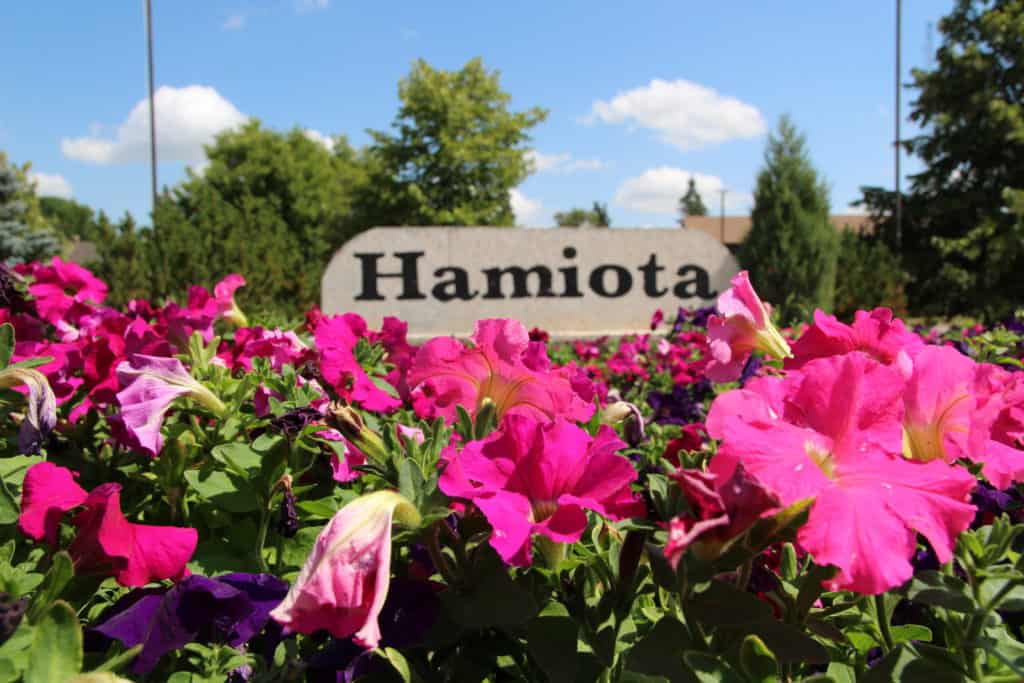Hamiota, Manitoba looks like many other small, southern towns in Canada’s friendliest province. Under an hour’s drive away from Brandon, this seemingly typical prairie town is a bustling, agricultural borough. But there’s a lot more to this thriving farming community.
To truly see the difference of Hamiota requires you to dig a little deeper, as part of this town’s success story is actually buried underground. Underneath the town runs fiber optic cable that’s bringing some of the best internet available in Canada.
In today’s increasingly connected world, fast internet is critical to economic well-being. Having slow or no internet means being left behind and community leaders in Hamiota have no intention of coming up short. So, with the independence typical of prairie people, they figured out a way to bring fast internet to their region on their own.
Wanting better internet for their schools, Park West School Division reached out to the municipalities nearby to work together so that this new internet could be shared with residents.
To formalize the partnership, a co-operative was created between 3 municipalities and the Park West School District.
Today, the aptly named Park West Fibre Co-op provides much speedier wireless connections to rural homes and fibre to those in town who have signed up for service.
The Impact of Internet
Tanner and I met up with Hamiota’s mayor Larry Oakden to talk about the impact faster internet has made. He said, it has allowed the town’s residents to have more stable connections over Skype and other communications tools. Another aspect he mentioned is that he hopes this innovation will help to put Hamiota on the map for more people.
Larry also talked about how everything needs a stable internet connection these days and that this realization drove the acceptance of fibre optic. Any town can recognize a need however, so I got Larry to explain to me what it is about Hamiota that made this come about:
So, just how good is the internet in Hamiota? Well, with the fibre optic connection residents are capable of achieving 1 gbps (1000 mbps) download speeds. To put that into perspective, the internet I have in Saskatoon is 25 mbps and is the fastest connection I can get on the copper wires in my building. And my internet is not exactly slow — Hamiota’s is just WAY faster. Forty times faster, in fact. Moreover, it’s also 3 times faster than the very fastest fibre internet available in Saskatoon.
And if you compare these speeds to the satellite internet in many rural areas, which are high cost and slow speed, a typical rural home can expect a promise of 5 to 10 mbps from providers, but often a real experience speed of 1 to 2 mbps.
Not only is a connection like this great for personal use but with faster internet speeds it’s also easier to get a stable internet connection to a larger group. Jerry Crampain, a teacher at Hamiota Collegiate, explained.
Not only do kids in this school district have amazing internet, Jerry also showed us his classroom’s 3D printer and explained how he teaches the students to repair laptops using old ones.
These older laptops can keep up in the classroom because they use Chromium — an internet-based operating system that doesn’t need as much processing power due to its reliance on the internet. With their access to stable and fast internet, Hamiota Collegiate has no problems using this type of computing.
It’s little things like this that show off the subtle improvements and innovations having a faster connection can bring. For Hamiota it means school kids can be as connected to the world as their urban peers and grandparents have buffer-free Skype conversationswith their families. Like the qualities of Hamiota, faster internet brings successes that add up and make for a greater quality of life. Plus, it positions the community for growth and prosperity into the future, which is no small feat for a small, prairie community these days.

 Written by
Written by 
